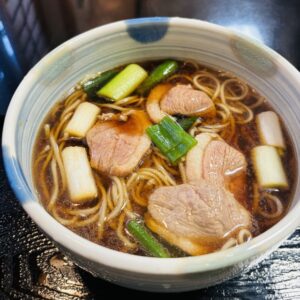Opening
Roza
▶︎ Hey, everyone. This is Akino Roza.
David
▶︎ And I’m David Evans.
Dialogue
① Any relation to Bruce Lee?【 any の働き 】
👉さあ、ここの any という単語「なんでもいいよ、どれでもいいよ」- 選択の自由を
相手に委ねる単語なんですね。「なんでもいいから教えて」というニュアンスです。
② Well, I can relate to that. 【 relate to 〜 の意味 】
👉 relate to というフレーズが出てきました。「〜に共感する」というフレーズ。
覚えておきましょう。
Practice
David
▶︎ OK, everyone. It’s time for today’s practice. Here are some set phrases
that we usually use in combination with “that-clauses.”
All right? Let’s master the rhythm and feel it.
Roza
▶︎ Let’s begin.
※ the thing is, the thing is
・The thing is that 〜.
・The thing is that 〜.
David
▶︎ Good work. Let’s keep going.
※ the issue is, the issue is
・The issue is that 〜.
・The issue is that 〜.
Roza
▶︎ One more.
※ the trouble is, the trouble is
・The trouble is that 〜.
・The trouble is that 〜.
David
▶︎ Unlock your potential.
Roza
▶︎ Repetition is the key.
Roza & David
▶︎ Great work.
Ending
Onishi
▶︎ Hey, guys. “The problem is” and “the issue is ” – they share the same
translation sometimes, right? What’s the difference?
David
▶︎ Ah 〜, good question. See, “issues” and “problems” can both be
big or small. But “problems” feel more serious. “Issues” require discussion.
“Problems” require solving.
Roza
▶︎ Also if you use the word “problem,” it does have a more negative feeling.
So you can say the same kind of feeling. But if you don’t feel anything negative,
you can say the word “issue.”
Words and Phrases
① relate to 〜
👉〜に共感する
② that clause
👉 that節
これで、Lesson 42 は終了。









コメント